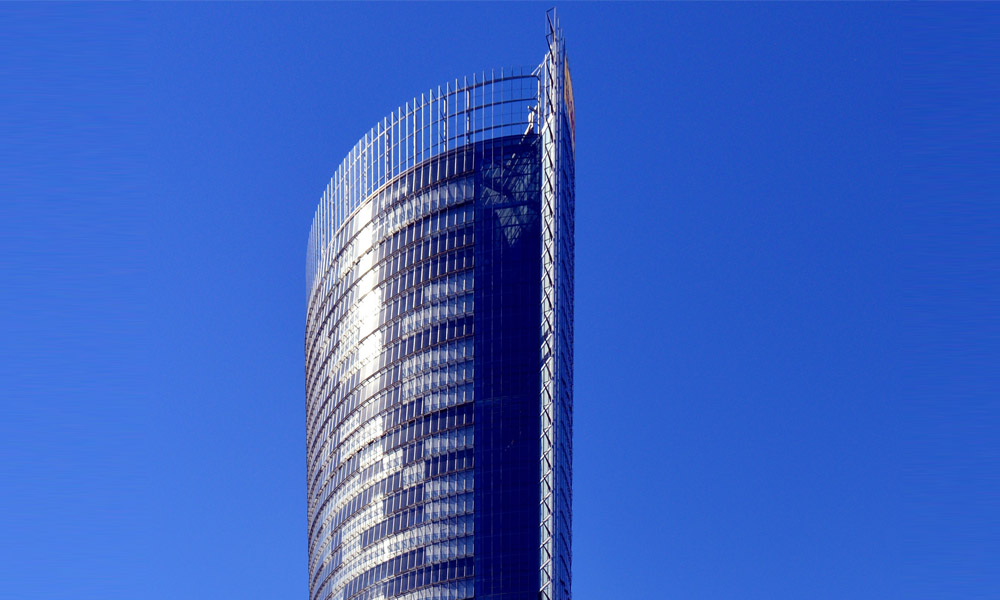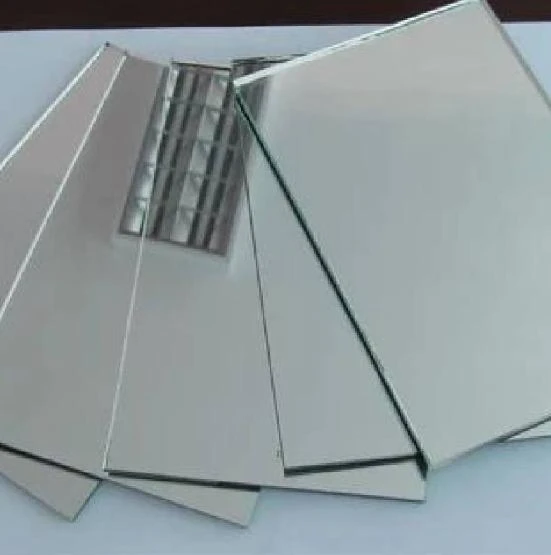When it comes to enhancing the aesthetic and functional aspects of modern architecture, selecting the right type of glass is pivotal. Among the various options available, 12mm tinted toughened glass stands out due to its unique blend of durability, safety, and aesthetics. However, for anyone looking to invest in this type of glass, understanding the factors affecting its price is essential. Here's a comprehensive guide based on expert insights and real-world experiences.

12mm tinted toughened glass is renowned for its strength and safety features. The toughening process, which involves heating the glass to high temperatures and then cooling it rapidly, imbues it with increased resistance to impact and thermal stress. This makes it ideal for use in environments exposed to potential high impacts or where safety is a priority, such as in doors, windows, facades, and partitions.
One of the key advantages of tinted toughened glass is its ability to control light and heat. The tint in the glass not only reduces glare but also limits the amount of UV radiation and heat entering a space. This results in improved energy efficiency and comfort, making it a popular choice in regions with intense sunlight. From a design perspective, the tinting also adds an elegant touch to the overall look of a building, providing a sense of privacy and sophistication.

The price of 12mm tinted toughened glass can vary significantly, influenced by several factors rooted in expertise and market dynamics. The cost of raw materials is a foundational element; fluctuations in the market price of silica and other components can impact the final pricing. Furthermore, the choice of tint color can also affect price due to varying levels of manufacturing complexity and pigment costs.
Another crucial pricing factor is the scale and complexity of the project. For large scale installations, such as commercial buildings or extensive residential projects, suppliers often provide bulk discounts. However, custom designs or unconventional shapes can lead to higher costs due to the specialized cutting and treatment required.
12mm tinted toughened glass price
Geographical location plays a significant role in pricing too. Regions with a high demand for energy-efficient and sustainable building materials might see competitive pricing due to the availability of suppliers and the scale of projects. Conversely, in areas with less availability, transportation costs can also add to the overall expense.
It's important to consider the credibility and expertise of the supplier. Opting for established suppliers with a proven track record can significantly enhance the quality and reliability of the glass, ensuring it meets safety standards and provides value in terms of longevity and performance. Engaging with suppliers who offer warranties or guarantees further enhances trust and reliability in the purchase.
To make an informed decision, potential buyers should conduct comprehensive research and consult with industry professionals. Seeking expertise from architects and interior designers can provide insights into the practical applications and benefits of tinted toughened glass. It's also advisable to gather multiple quotations to compare not only prices but also the quality of service and after-sale support offered by suppliers.
In summary, while the initial investment in 12mm tinted toughened glass might be substantial, the benefits it offers in terms of safety, energy efficiency, and aesthetic appeal make it a worthwhile consideration for modern construction projects. Balancing cost considerations with quality and supplier reputation is critical, ensuring consumers achieve both optimal functionality and return on investment.



